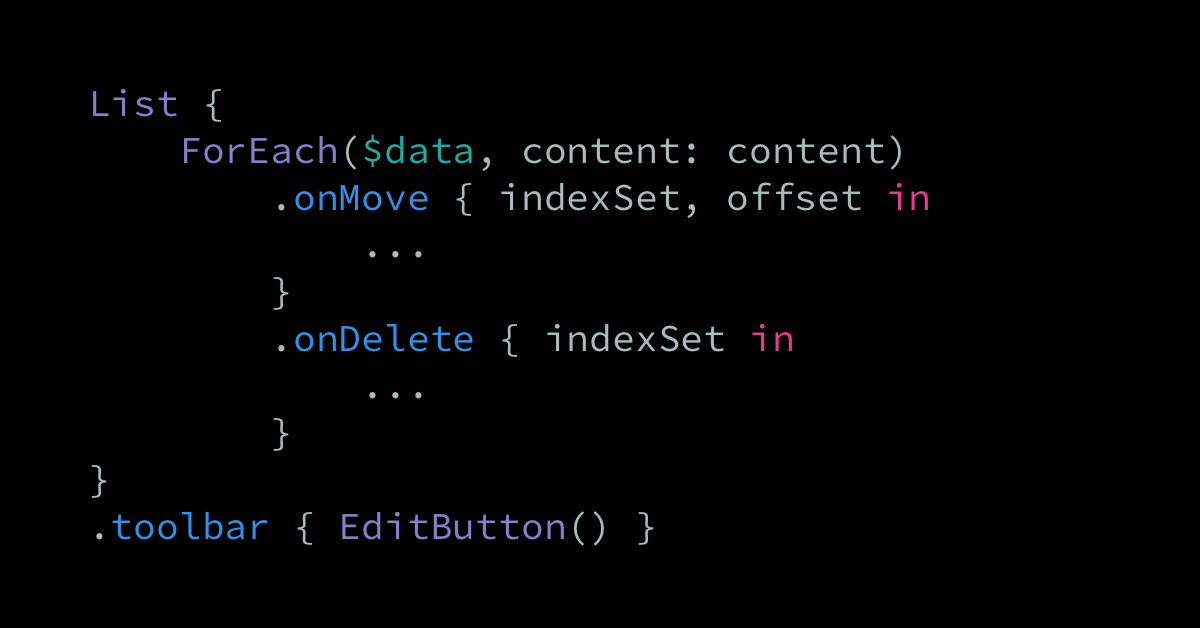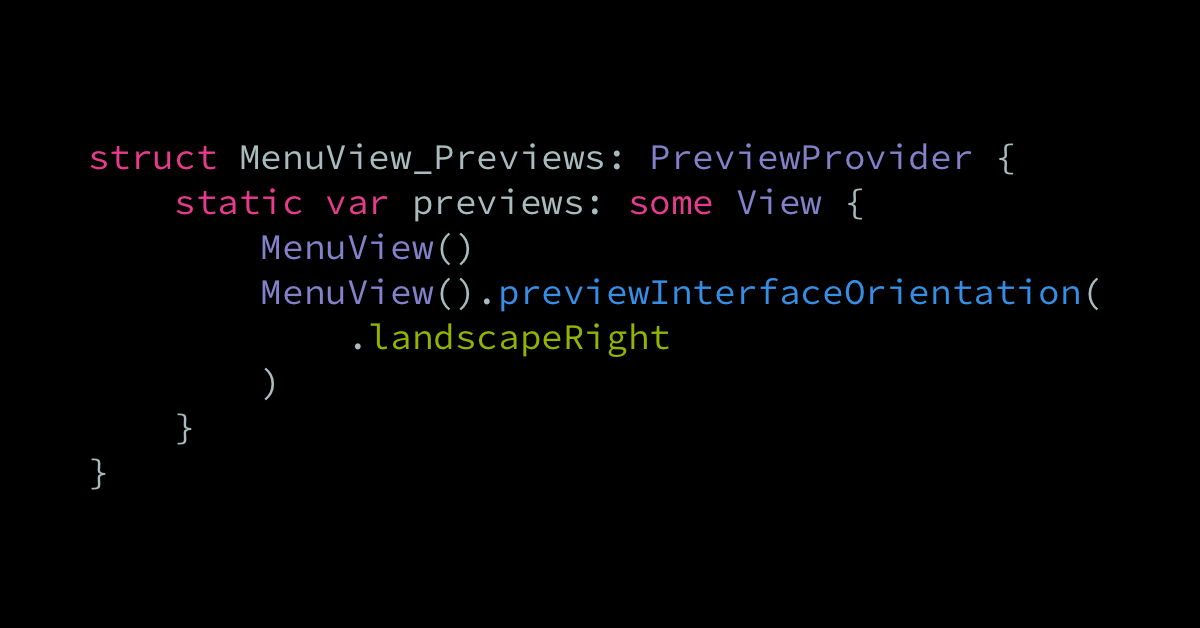Starting in Xcode 13.2, Swift’s new suite of concurrency features are now backward compatible all the way back to iOS 13, macOS Catalina, watchOS 6, and tvOS 13. The new concurrency features include async/await, actors, structured concurrency, async sequences, and more. While Xcode 13.2 is, at the time of writing, currently in beta — this […]
One of the key benefits of generic code is that it can enable us to reuse types, protocols, logic, and data across many different use cases. Not only can that lead to less code duplication, but it can also have architectural benefits, since generic code tends to become better encapsulated and less tied to specific […]
Combining Swift’s powerful generics system with the fact that any Swift type can be extended with new APIs and capabilities enables us to write targeted extensions that conditionally add new features to a type or protocol when it fits certain requirements. It all starts with the where keyword, which lets us apply generic type constraints […]
To say that SwiftUI’s List is the equivalent of UIKit’s UITableView is both true and false at the same time. It’s definitely true that List offers a built-in way to construct list-based UIs that are rendered using the same overall appearance as when using UITableView — however, when it comes to mutations, we instead have […]
As a general rule of thumb, all of the APIs and system features that Apple introduces in a given version of iOS can only be used when targeting that particular version, or any subsequent ones. However, this year there are a few very interesting exceptions to that rule, in that certain SwiftUI APIs that were […]
Christian Selig returns to the show to talk about how he used the new Safari extension system on iOS to build Amplosion and Achoo, the pros and cons of open source, and how developers can utilize other iOS 15 and iPhone hardware features. Quickly checking out either of the following two sponsors is a great […]
By default, the various navigation APIs that SwiftUI provides are very much centered around direct user input — that is, navigation that’s handled by the system in response to events like button taps and tab switching. However, sometimes we might want to take more direct control over how an app’s navigation is performed, and although […]
Marcin Krzyzanowski returns to the show to talk about building editors for Swift code, backend-driven user interfaces, and more. Also, the challenges of working with text-based data, the pros and cons of composition, and managing hobby projects. RevenueCat: In-app subscriptions made easy. RevenueCat handles the pain points of implementing subscriptions and in-app purchases, so that […]
Starting in Xcode 13, SwiftUI views can now be previewed in landscape orientation using the new previewInterfaceOrientation modifier. For example, here we’re previewing a MenuView in both portrait and landscape by creating two instances of our view within its PreviewProvider: struct MenuView_Previews: PreviewProvider { static var previews: some View { MenuView() MenuView().previewInterfaceOrientation(.landscapeRight) } } Note […]
When writing asynchronous code using Combine, we might sometimes want to share the result of a given set of concurrent operations, rather than performing duplicate work for each one. Let’s take a look at how the share operator can enable us to do that in a really neat way. As an example, let’s say that […]









